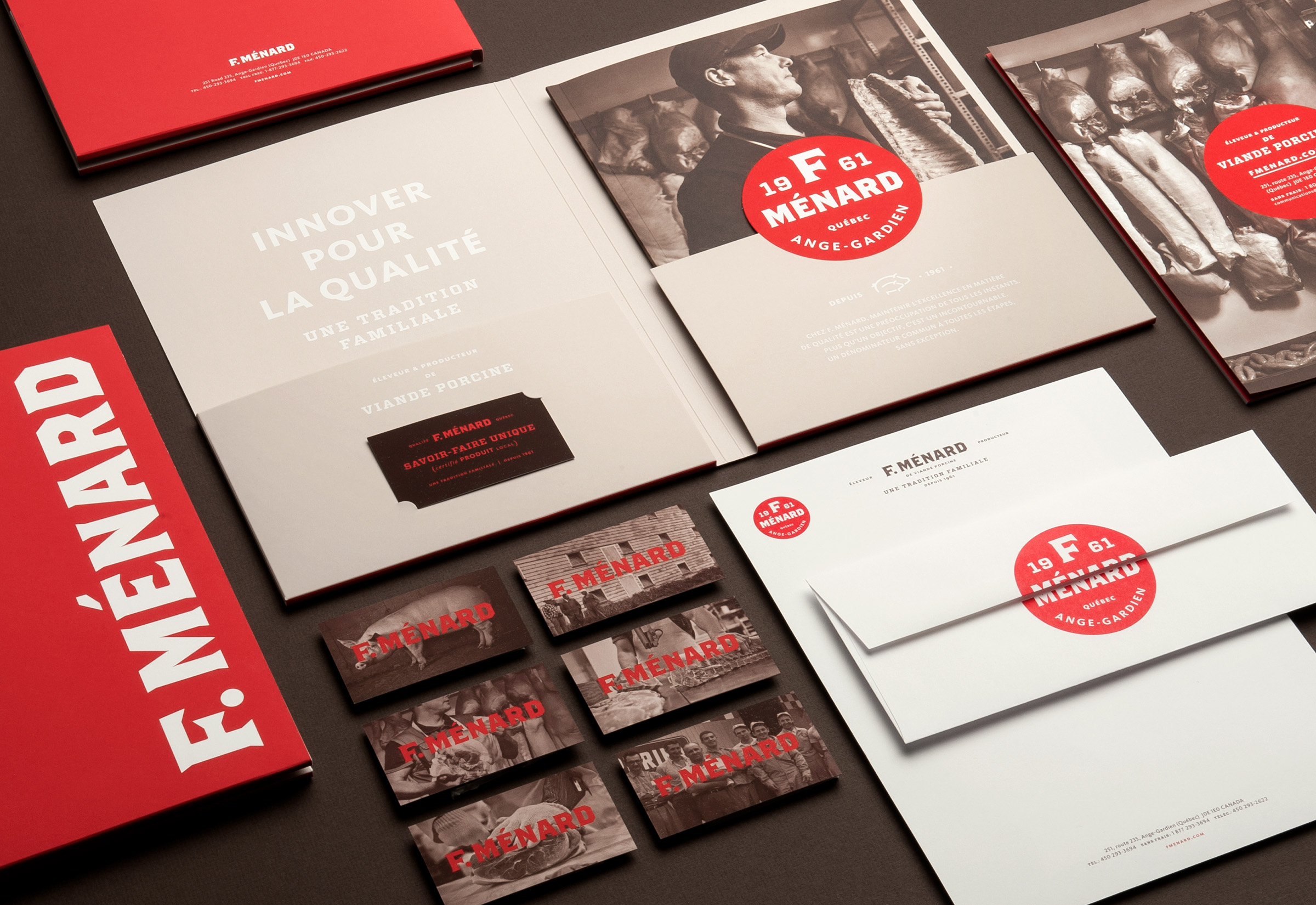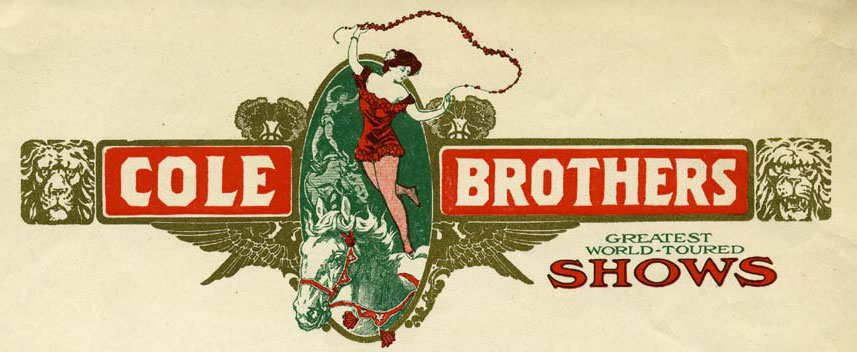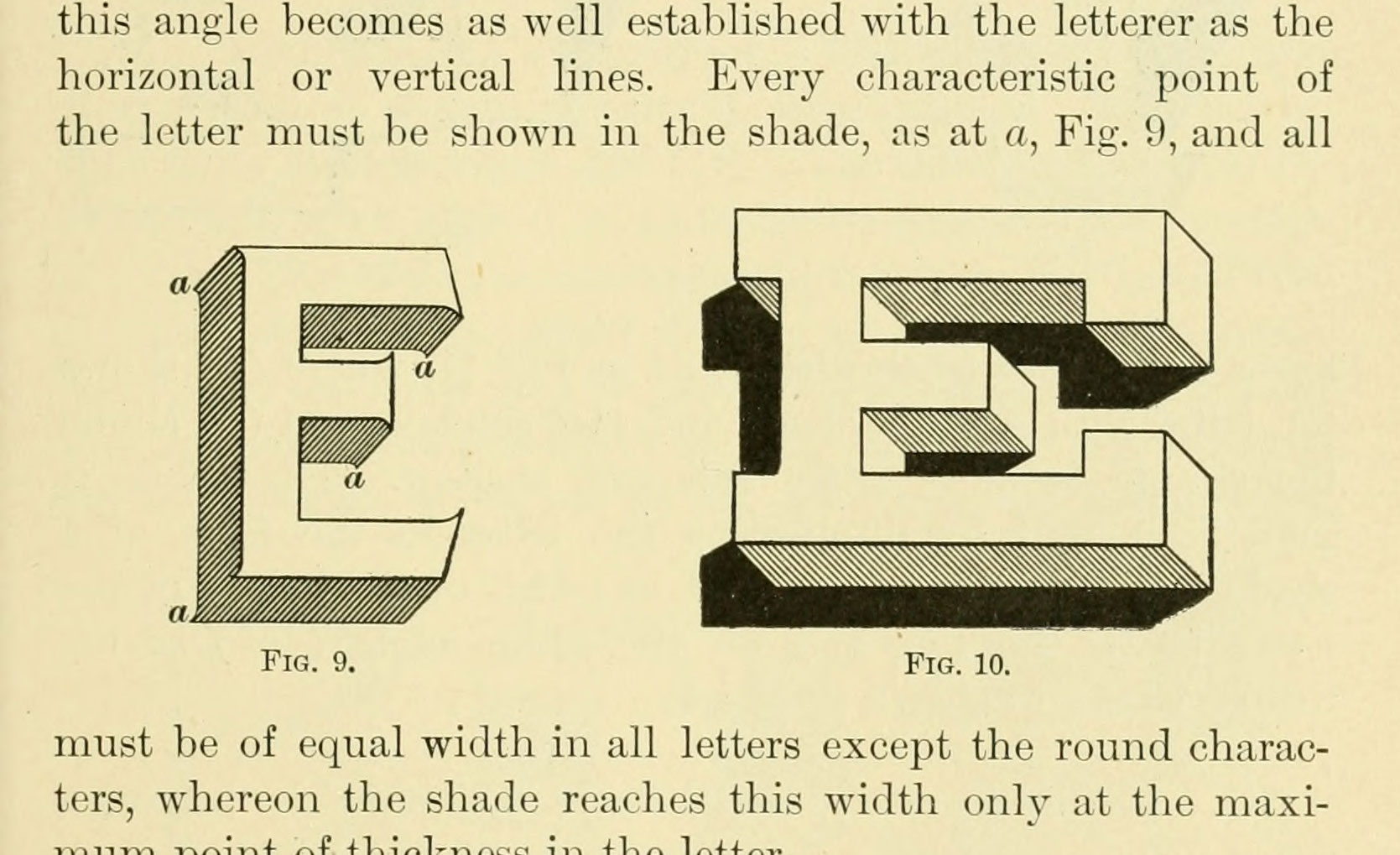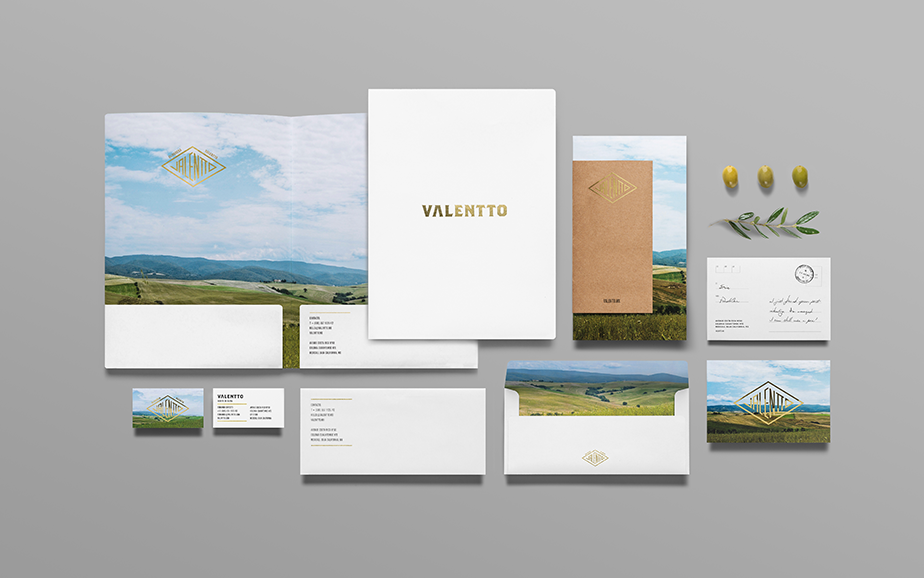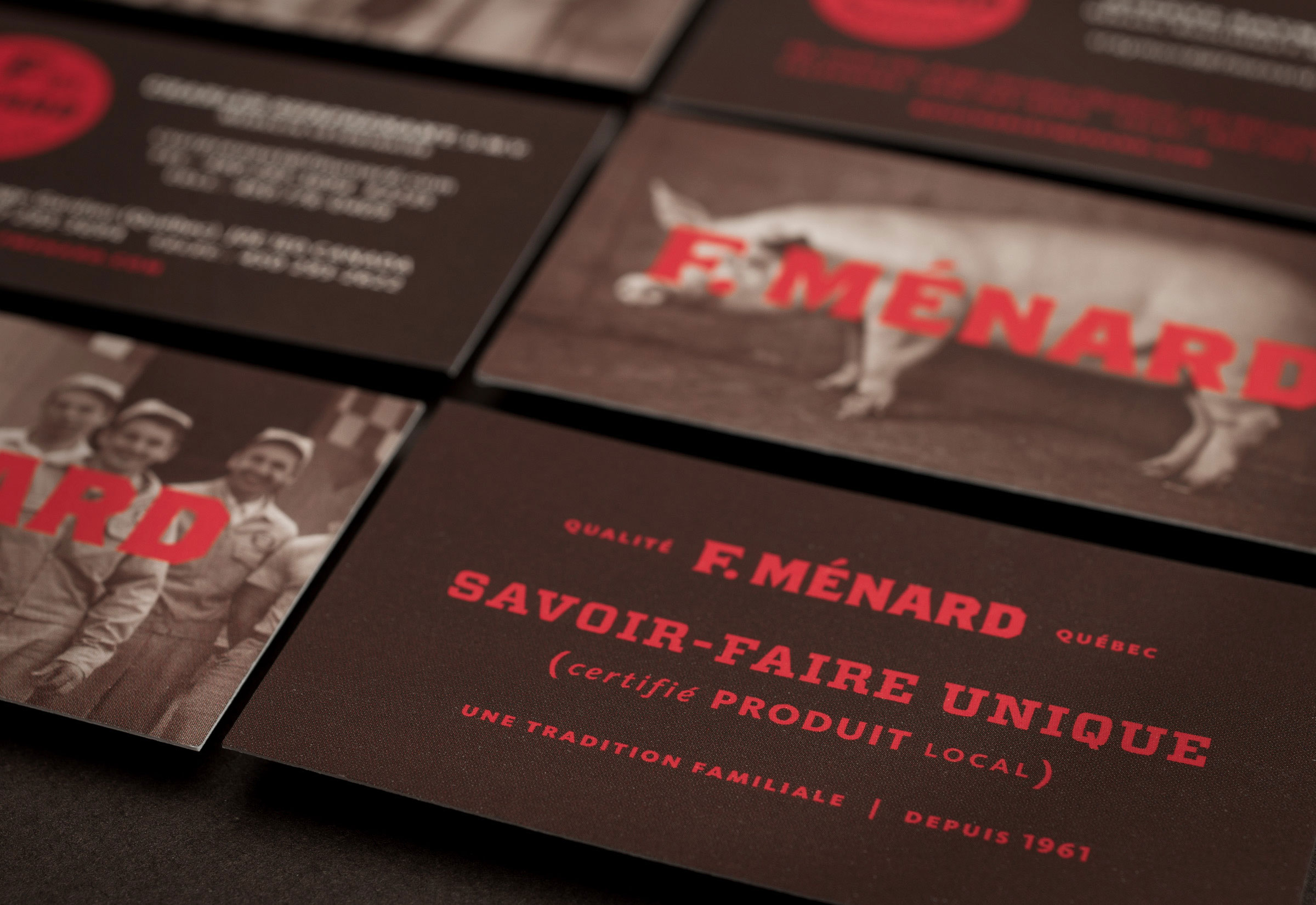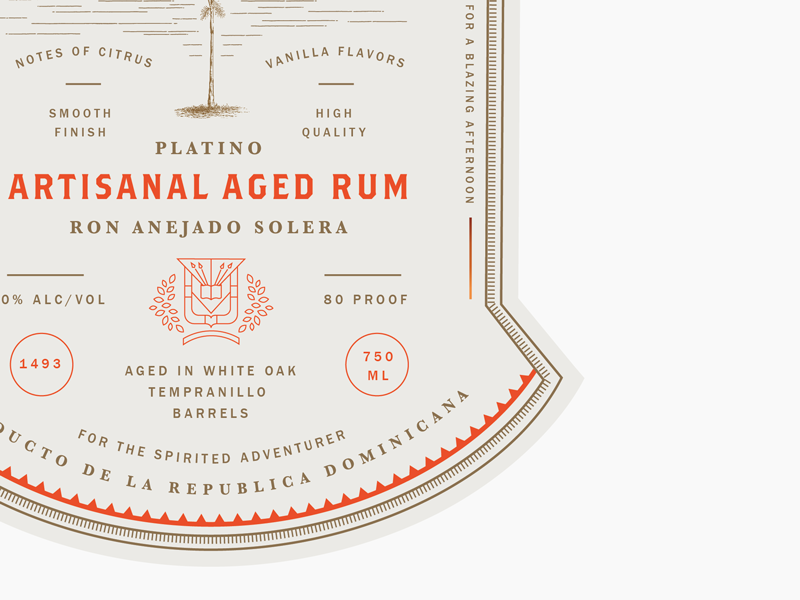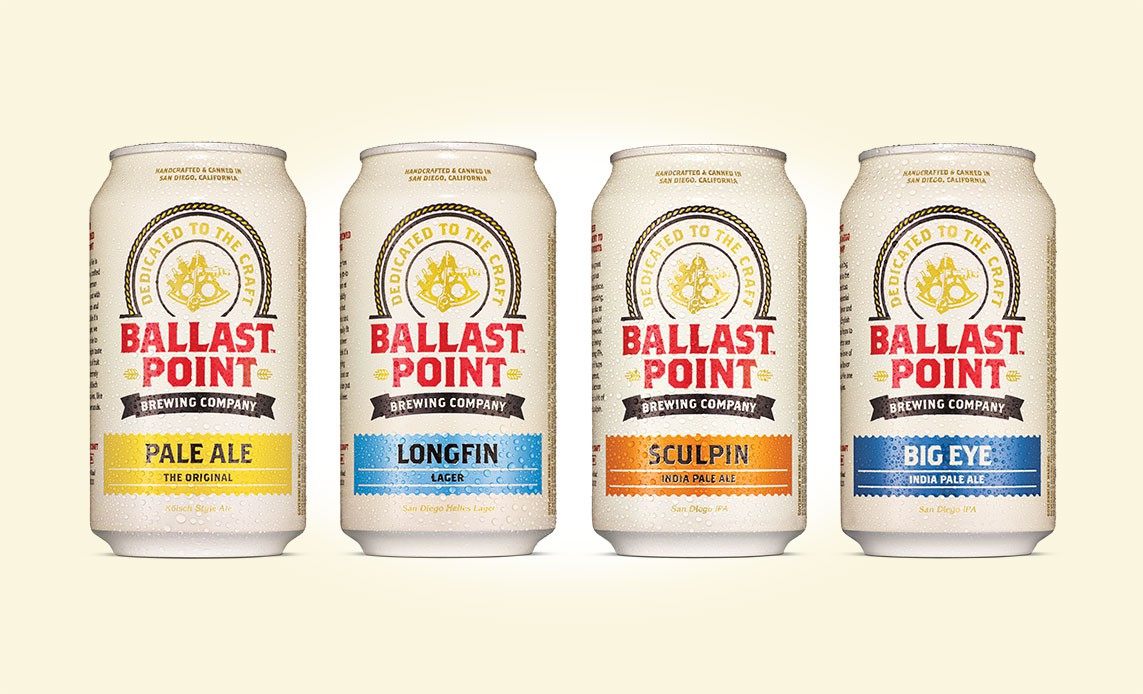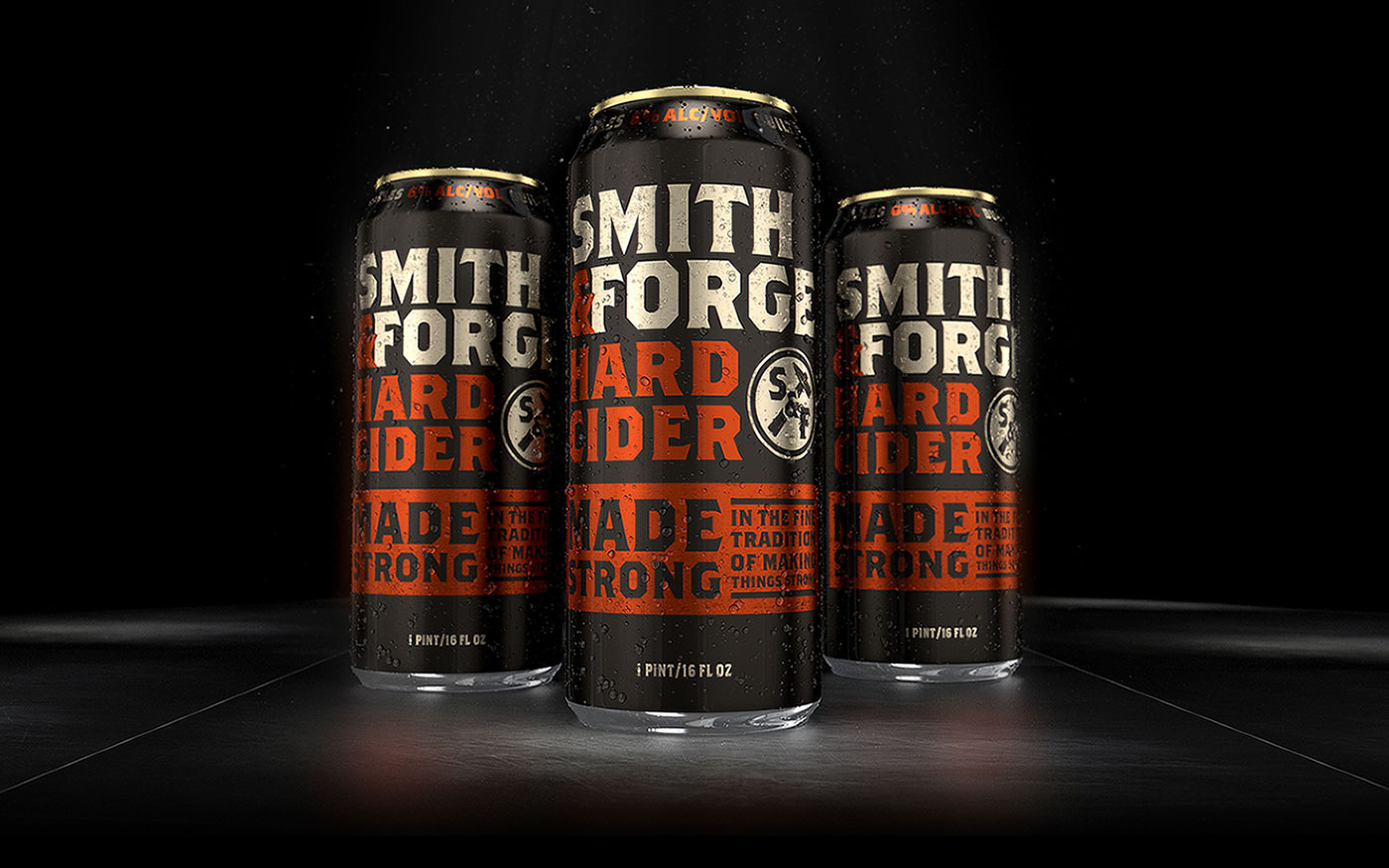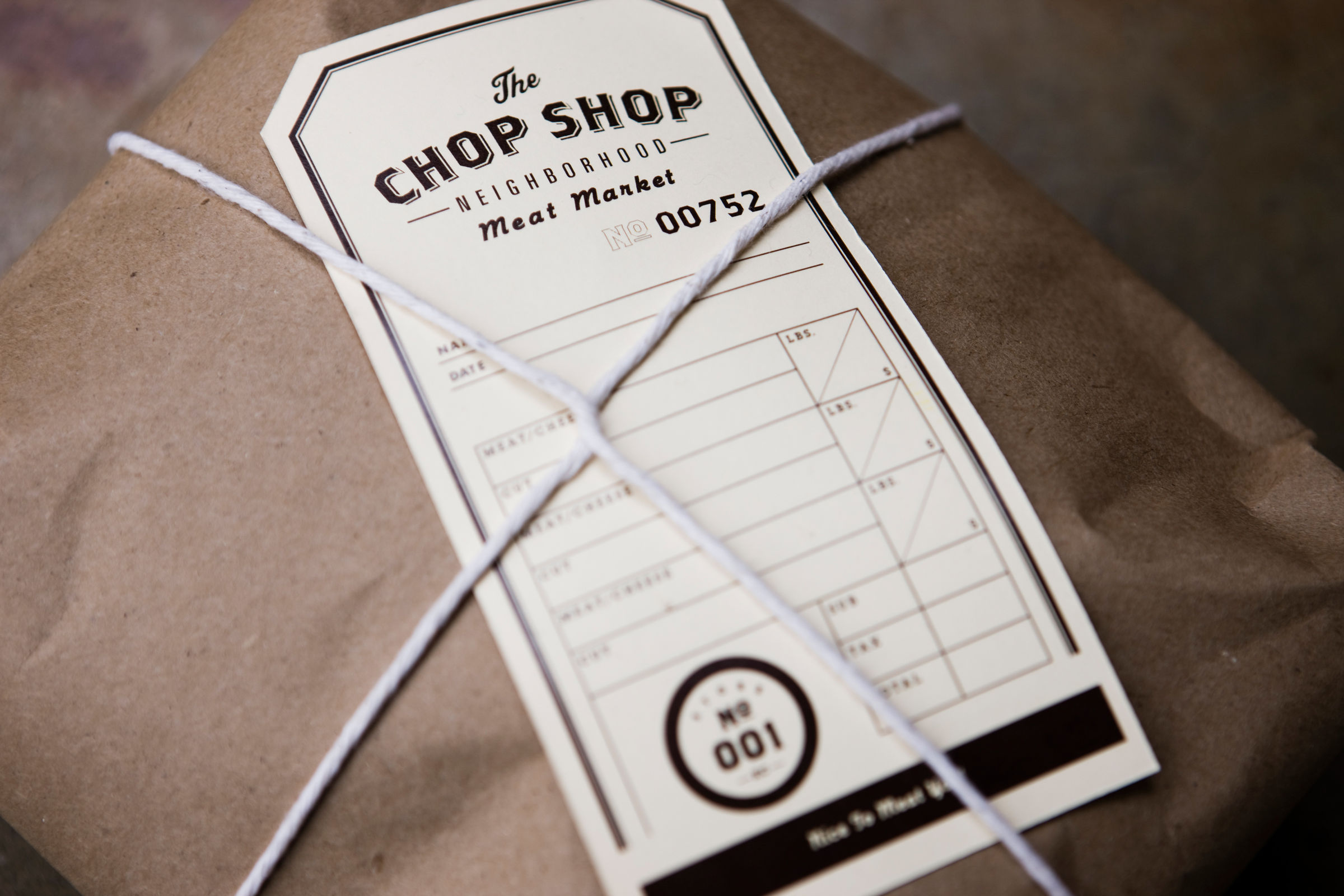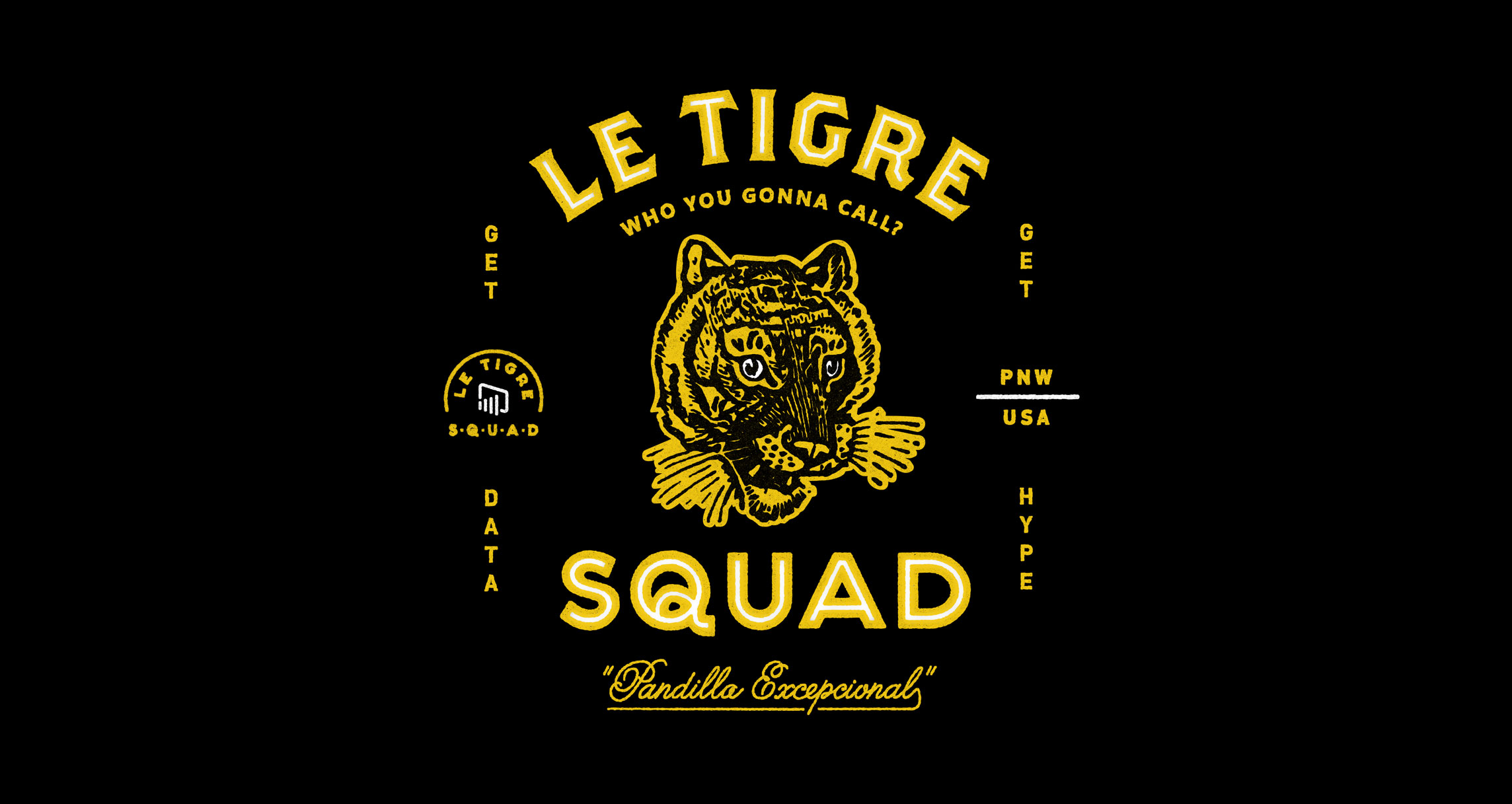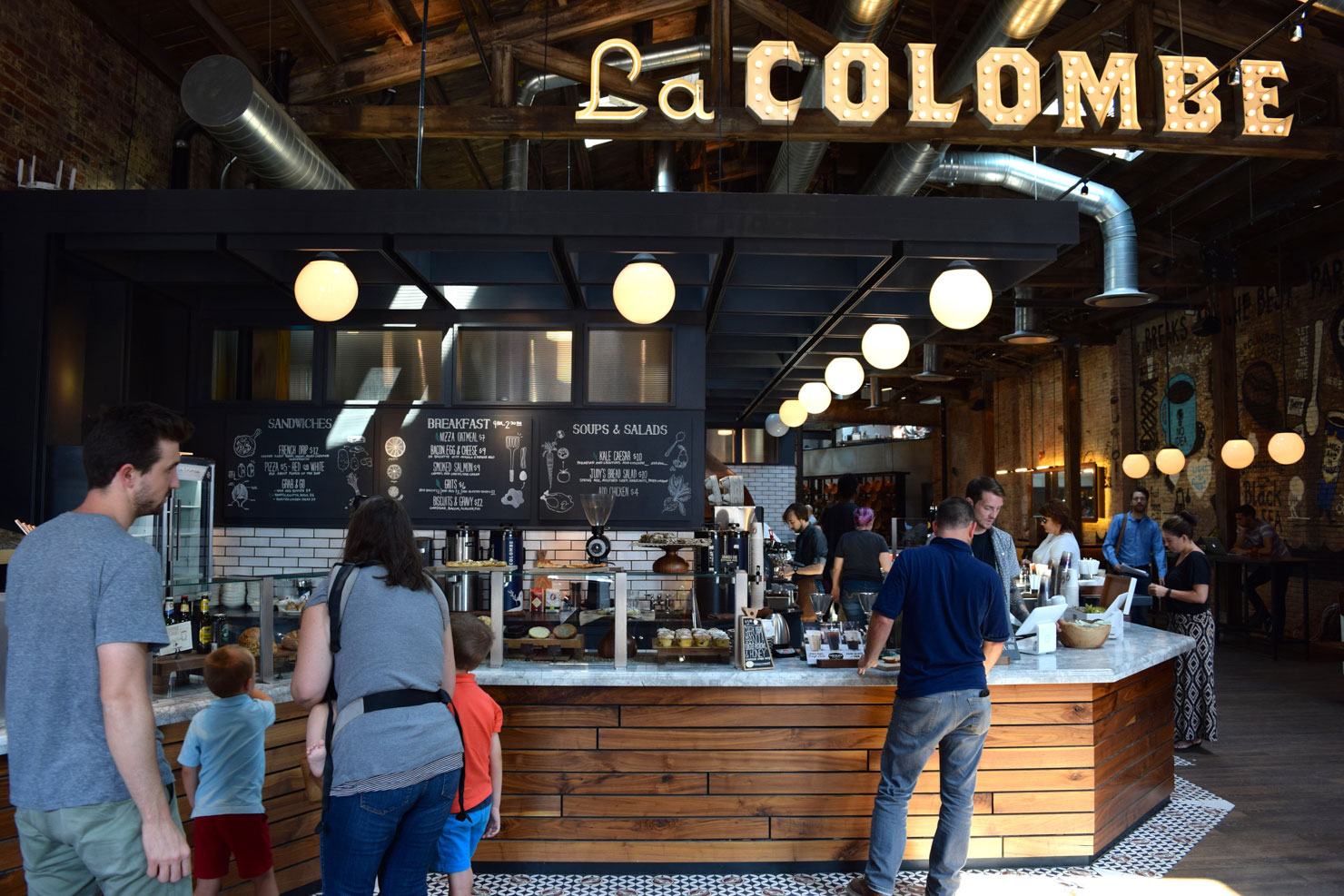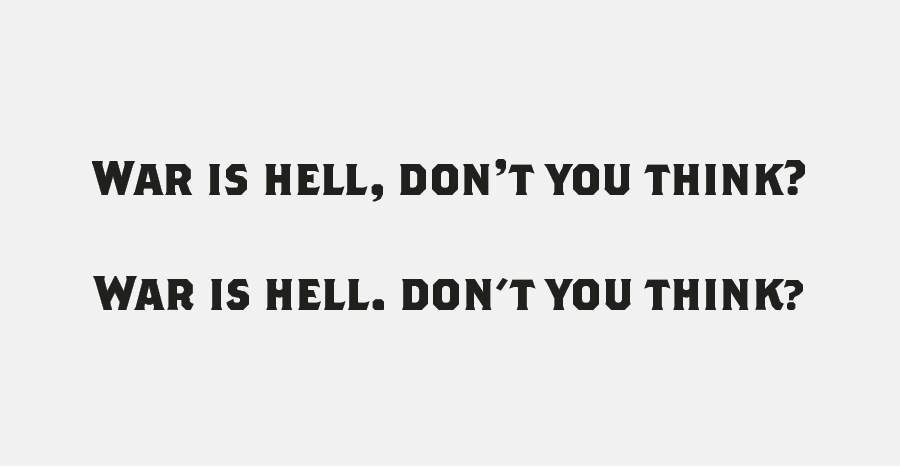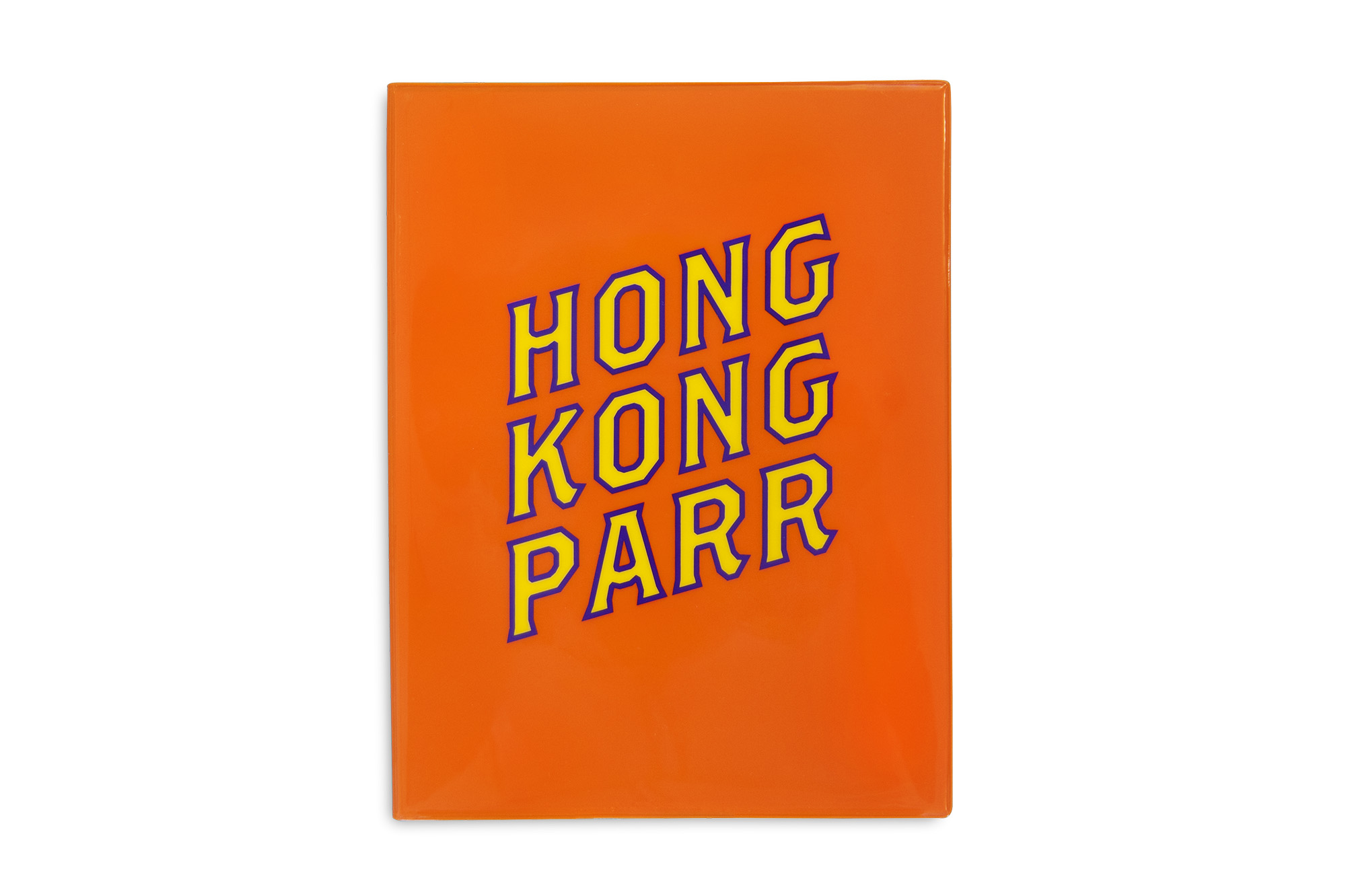Brothers has always been one of my favorite typefaces. To a certain genre of designer, this typeface is iconic and instantly recognizable. Despite its chamfered edges and pointed Latin serifs, it is a warm design that feels lovingly crafted.
It is easy to see why designers are drawn to the typeface; it’s oozing with personality and has a startling amount of variations and alternates available. I’ve certainly been guilty of taking it for granted and not taking the time to appreciate what a masterful job John Downer has done. Any given weight of Brothers would be a fine display face on its own, but the fact that it has 3 different weights (Regular, Bold and SuperSlant, the italic), that each weight has an alternate set, and that there’s also a set of stunning Word Logos to use makes this font a playground for typographers.
Brothers straddles the line of lettering and type design, and I’m not sure anyone other than the supremely talented John Downer would have the skill-set to make something like this. Despite having an eye-catching aesthetic and a dominating personality, Brothers works remarkably well as a supporting typeface. The risk in using a typeface this distinctive is that it can become the only thing you notice in the design, and I think the most successful designs either wholeheartedly embrace the font and let it drive the design, or use it subtly and let it add color and contrast to more restrained typefaces

